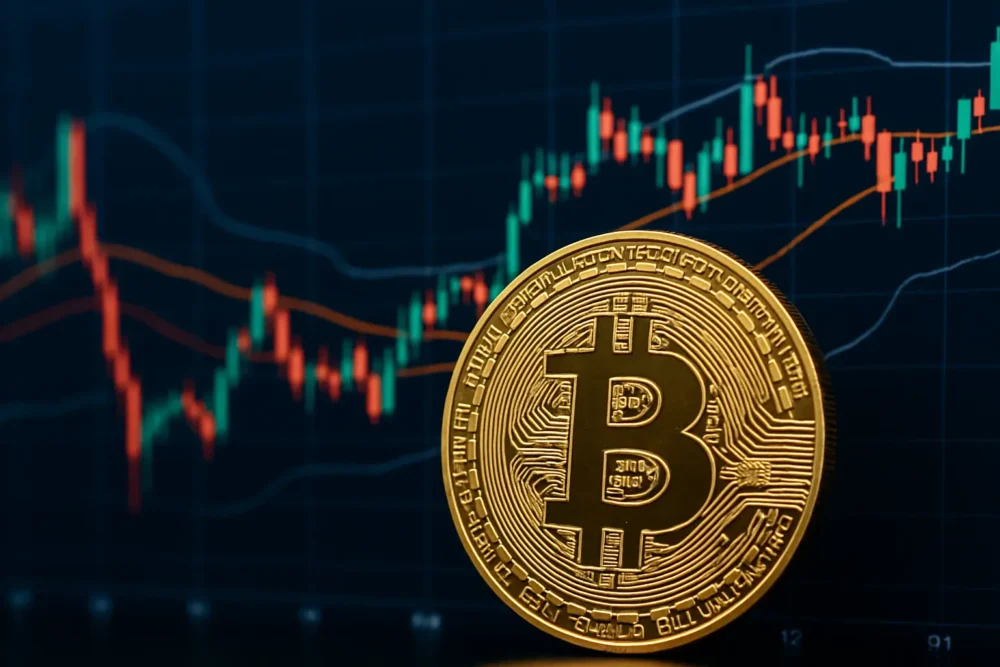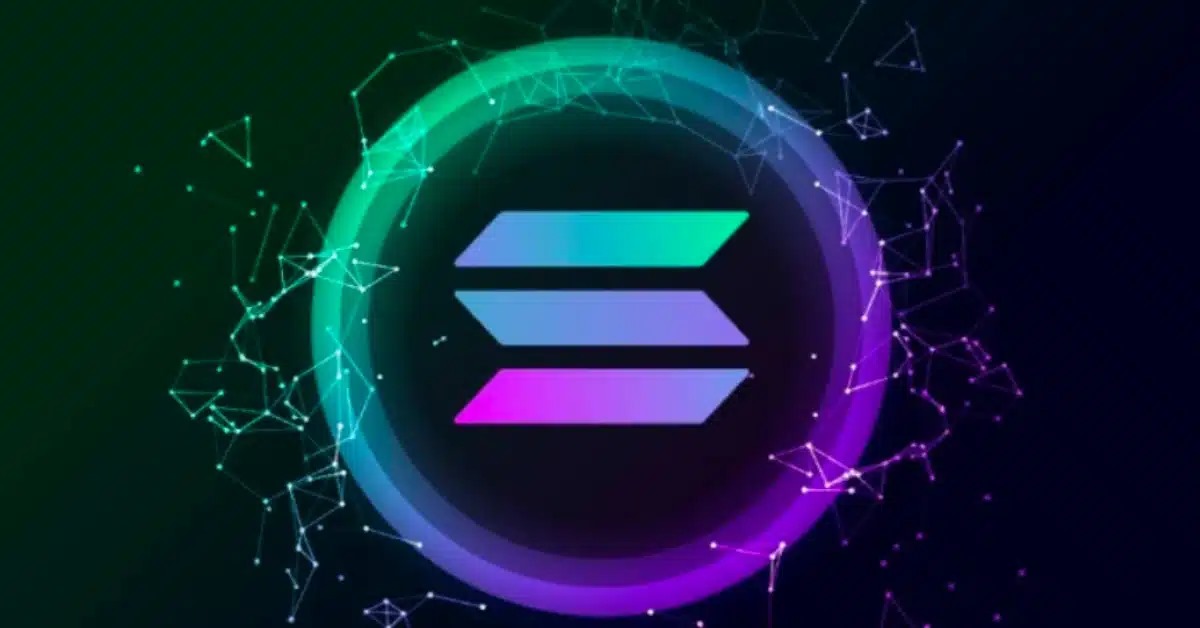Circle, the company behind the popular $USDC stablecoin, is expanding its reach into Australia and the Asia Pacific region.
On Tuesday, it announced a partnership with MHC Digital Group, led by Australian venture capitalist Mark Carnegie.
This partnership will focus on increasing the adoption of $USDC in the region and exploring new ways to use the stablecoin for institutions.
Pushing into the Asia Pacific region
This new collaboration with MHC Digital Group signals Circle’s ambitions to grow its presence in the Asia Pacific market.
MHC Digital has offices in both Australia and Singapore, two important hubs for financial services in the region.
The partnership is expected to boost the availability of $USDC, especially for institutional investors looking to streamline their transactions.
The Chief Business Officer for Circle, Kash Razzaghi, highlighted the region’s openness to digital assets-
“With its young, mobile-first and digital wallet-ready population, the Asia Pacific region is ahead of the curve when it comes to digital asset adoption…..We are excited to work with MHC Digital to pave the way for a new era in digital finance in Australia and beyond.”
Circle’s expansion in Asia Pacific is also part of its larger global strategy. The company recently moved its headquarters to One World Trade Center in New York, positioning itself for an initial public offering (IPO) valued at around $5 billion.
USDC’s growing global reach
$USDC is one of the leading stablecoins in the cryptocurrency market, second only to Tether’s $USDT. It currently has a market cap of $35 billion and sees daily trading volumes of about $7.87 billion, according to data available online.
$USDC is gaining traction around the world, with recent launches in countries like Mexico and Brazil. Importantly, Circle made it possible for people in these countries to access $USDC through their traditional banking systems, not just cryptocurrency exchanges.
Circle has also achieved key regulatory milestones. The company became the first global stablecoin issuer to be licensed in the European Union (EU) for both dollar- and euro-pegged digital tokens.
This gives Circle an edge in the growing European market, where more businesses and individuals are starting to use digital currencies.
As part of the partnership with MHC Digital, $USDC will become available to wholesale clients in Australia. This includes superannuation funds, which might benefit from the lower fees associated with using stablecoins instead of traditional banking systems.
Carnegie believes that the adoption of $USDC could help reduce the costs of international payments, a major concern for businesses and financial institutions.
“People claim there is no use case for crypto, yet hundreds of billions move globally at a fraction of the cost of traditional payment infrastructure”, said Mark Carnegie who acts as the Founder and Executive Chairman of MHC Digital Group.
“Crypto is simply a better mouse trap for the vast majority of international payments. Circle is the obvious candidate to be the long-term winner in the regulated stablecoin space, and we are very excited to work together to expand access to USDC in Australia and beyond”, added Carnegie.
He also hinted at the possibility of creating an Australian dollar stablecoin in the future, which could further integrate digital currencies into Australia’s financial landscape.
Circle’s broader blockchain expansion
In addition to its focus on $USDC, Circle is actively developing other blockchain-related initiatives.
In September, Circle partnered with Sony Blockchain Solutions Labs to integrate USDC onto Sony’s Ethereum layer-2 blockchain, known as Soneium. This partnership aims to improve digital finance and entertainment transactions by using blockchain technology to make payments faster and more efficient.
Earlier this year, Circle also added support for smart contracts for BlackRock BUIDL holders. This allowed investors to swap their shares for $USDC, making blockchain transactions smoother and reducing costs for businesses.
The move highlights Circle’s push to expand the use of $USDC beyond just cryptocurrency exchanges and into more traditional financial markets.
Beyond Ethereum, Circle has also extended its services to the Solana blockchain. By doing so, Circle is making it easier for developers and companies to use $USDC in their projects.
This improves on-chain transaction management and secure wallet integration, helping to make $USDC more widely available across different blockchain platforms.


